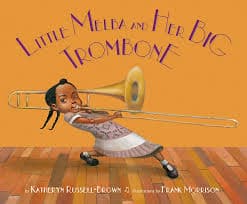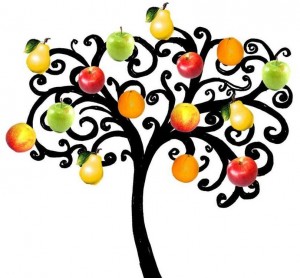This post is reprinted from the blog which I wrote for the Long Island Adoption Support Group last week.
As an adoptive parent, I know what it is like to feel challenged by the unique and complicated demands of life as an adoptive family. As an adoption coach, I know how other families struggle to locate resources that understand adoption and are attuned to the needs of child and parents–both adoptive and birth parents. Living as an adoptive family has often felt like a trek up the steep slopes of Mt. Everest. I suspect other adoptive families experience similar moments of overwhelm and confusion.
Imagine finding and talking with a knowledgeable guide who’s also walked that path and survived. Imagine feeling heard, understood and supported, with empathy not judgment. Imagine being able to know what will best serve your child, yourself, your partner, and, your child’s birth parents. How might that kind of unified resource help your family? Imagine no more.
On Nov. 10-12, 2015 and Nov. 17, 2015 a collaboration of adult adoptees, birth parents, adoptive parents and adoption professional join together to present “The Adoption Summit Experience.” This free, on-line summit is unique as the three individual perspectives join forces to become one voice—a voice that speaks with respect and compassion for all individuals involved in an option.
“Our goal is to create an opportunity for anyone, anywhere who is interested in adoption to lean in and listen to conversations from different perspectives,” says Parsons, creator of the event. “Every presenter volunteers their time and energy to make adoption better in some way. These are people who have transformed their relinquishment and adoption challenges into action for positive change. This event is a first of its kind.”
—LeAnne Parsons
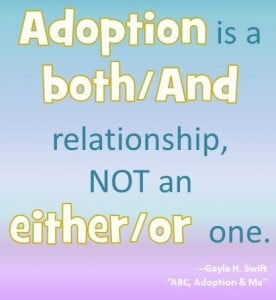 Summit presenters will address adoption from all “sides” and will share the insights and learnings that we have acquired along the way. We want to take our hard-won wisdom and infuse it with purpose to create a more collaborative and mutually supportive understanding of adoption. All presenters are directly living adoption either as first parents, adoptees or adoptive parents.
Summit presenters will address adoption from all “sides” and will share the insights and learnings that we have acquired along the way. We want to take our hard-won wisdom and infuse it with purpose to create a more collaborative and mutually supportive understanding of adoption. All presenters are directly living adoption either as first parents, adoptees or adoptive parents.
As listeners hear the “other” viewpoints, we hope to awaken empathy and understanding of how we are inextricably and permanently interconnected. Instead of compartmentalizing adoption into adoptee issues, birth parent issues and adoptive parent issues, we accept this interconnectivity as the reality of adoption. By understanding the needs of each part of the adoption triad, we can work together to make adoption better for all involved.
Are you in an open adoption, trying to determine how to make it work? Do you wish you knew how to enjoy and balance your happiness against a backdrop of the grief and loss of your child’s birth parents? Do you wonder how to handle your own triggers? Do you ever wish you could chat with several birth mothers to ask them questions to help you relate better with “your” birth mother/s? Then this summit is for you!
Are you struggling to handle the challenges of adoption and yearn to speak with parents who have “survived” similar events and whose family remained firmly attached and thrived? Do you wish you knew alternative parenting strategies—ones tested by other adoptive families? Then this summit is for you!
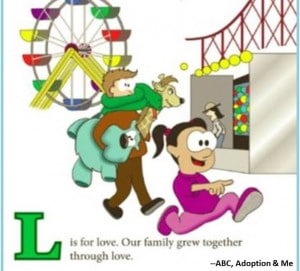 Are you looking for guidance on good resources? How do you evaluate which therapists, coaches, social workers, etc. understand adoption and are properly prepared to guide you? Do you know which books truly serve your family and which perpetuate outdated social myths? Then this summit is for you!
Are you looking for guidance on good resources? How do you evaluate which therapists, coaches, social workers, etc. understand adoption and are properly prepared to guide you? Do you know which books truly serve your family and which perpetuate outdated social myths? Then this summit is for you!
Imagine learning from adult adoptees what worked, didn’t work or what they wished their parents had done for them. How might that knowledge help you be a better parent to your child?
Have you ever wished you could talk honestly about your family struggles with no fear of judgment? Imagine confiding in peers who understand the joy, frustration, fear and commitment that adoptees face? Then this summit is for you
Watch this welcome video from Adoption Summit sponsor and adult adoptee, LeAnne Parsons as she invites you to “Come Climb with Us” at the free, on-line adoption summit. All who are interested in adoption are welcome and urged to participate. Register today: http://www.adoptionsummitexperience.com/register
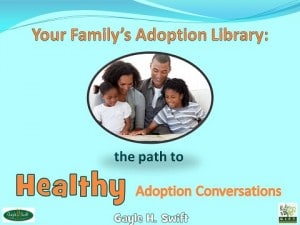 Gayle’s presentation at the summit will focus on books as an ideal resource for introducing and sustaining healthy adoption conversations both within and beyond the family. It will include three bibliographies: one for children, one for parents and one of books written by adult adoptees.
Gayle’s presentation at the summit will focus on books as an ideal resource for introducing and sustaining healthy adoption conversations both within and beyond the family. It will include three bibliographies: one for children, one for parents and one of books written by adult adoptees.
Gayle is a co-founder of GIFT Family Services which provides adoption support before, during and after adoption, an adoption coach, adoptive parent, former foster parent and co-author of the multi-award-winning, “ABC, Adoption & Me: A Multicultural Picture Book.” She blogs regularly at “Growing Intentional Families together” She also writes an Adoption-attuned blog titled, “Writing to Connect” which reviews books through a High AQ lens. While some are specifically about adoption, most are not. She strives to help parents notice teachable moments in whatever books they share with their children.
http://www.adoptionsummitexperience.com/register
Watch this welcome video from Adoption Summit sponsor and adult adoptee, LeAnne Parsons as she invites you to “Come Climb with Us” at the free, on-line adoption summit. All who are interested in adoption are welcome and urged to participate.


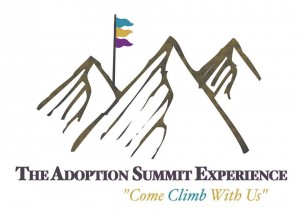
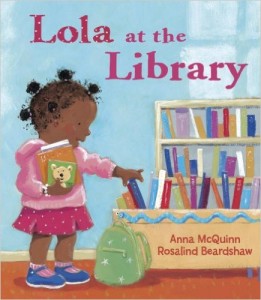

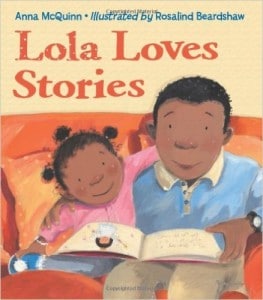
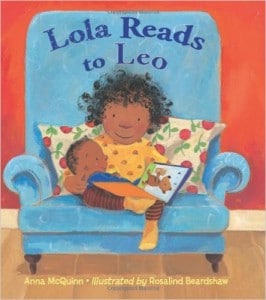
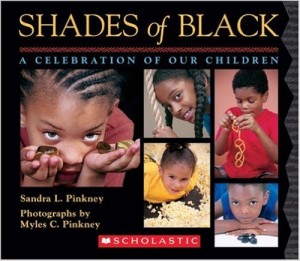
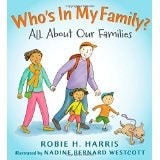

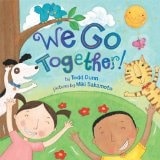
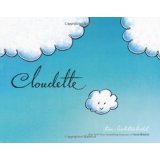
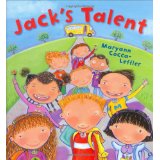
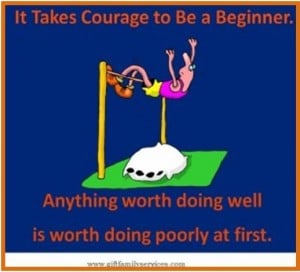
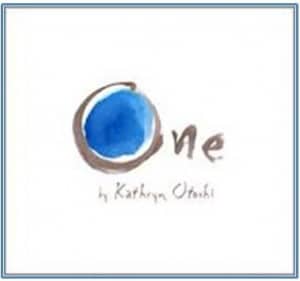
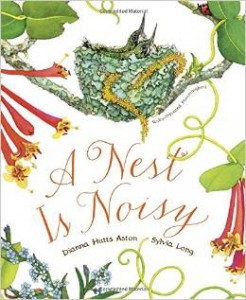
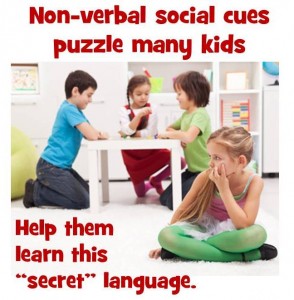
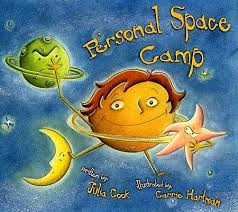 One excellent resource is a marvelous book by Julia Cook titled,
One excellent resource is a marvelous book by Julia Cook titled,  Julia Cook has written several other books that delve into the confusing world of social cues and interaction. One that is also quite helpful is,
Julia Cook has written several other books that delve into the confusing world of social cues and interaction. One that is also quite helpful is, 